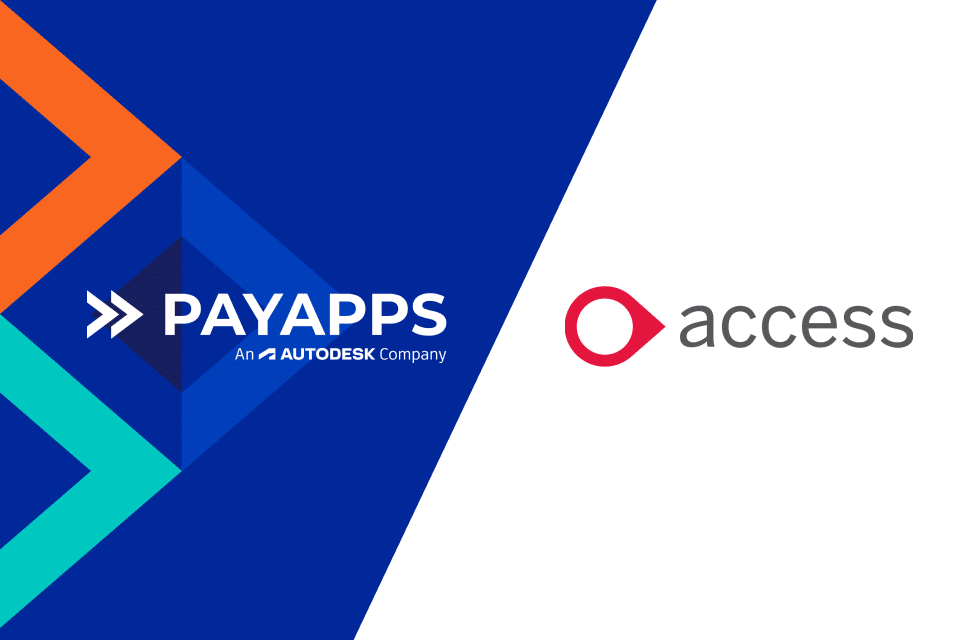44% of construction firms struggle with construction staff shortages, according to KPMG. And this figure doesn’t even account for the potential impact of Brexit on the construction labour supply. So what should you do? Be part of the 56% of companies that find recruitment and retention easier. How? We’ll let you in on our 7 little secrets.

No, you won’t be able to flip a switch and solve the problem. Yes, you’ll need to change your working practices and operational processes. But it’ll be well worth it when you add up the time and money you save on recruitment and staff/contractor management, the late penalties you avoid and the extra revenue you earn from new projects.
1. Help people develop their skills
In the Build UK Q2 2016 State of Trade Report, 18% of firms said construction staff shortages resulted in late completion of work. Also, 16% reported that construction staff shortages meant they couldn’t even bid for work.
In other words, lack of constructions skills has a financial cost and an opportunity cost.
You can reduce both by investing in people.
How can your permanent staff progress up the career ladder? Do you offer in-house certifications? How do site staff keep up to date on health, safety and environment practices?
We’re talking about making you an attractive employer – and a strong training provision contributes to this. Plus, being able to say all site staff have your industry-leading HSE certification (for example) helps make your tender stand out.
2. Free people from repetitive work so they’re motivated by making a difference
Attracting and retaining top talent is about offering a compelling job role. And an easy way to make a job sound like drudgery is to make people wade through piles of mind-numbing, repetitive work.
There are lots of examples of this in construction because there are so many tick boxes. The industry lags behind when it comes to using technology to free people from the hamster wheel of paperwork.
Here’s an example.
Think about applications for payment. The back and forth. The paper. The document transfers.
It’s not exactly a compelling job advert for ambitious individuals, is it?
When you automate these processes, job satisfaction skyrockets and the entire office culture changes. People no longer see themselves as paper pushers, they see themselves as important team members who add value.
3. Foster a culture of teamwork
This isn’t as easy as it sounds in construction because there are so many different people involved across the project lifecycle.
But you need to make the effort. According to PwC, 46% of engineering and construction CEOs believe there are more threats to company growth today than there were 3 years ago. A disjointed, disengaged workforce is one of those threats.
You need to show how you’re bigger than the sum of your parts – how your people work together to achieve extraordinary things.
I’m talking BIM here, because it empowers architects, specifiers, contractors and facilities managers, and because people like working at the cutting edge
I’m also talking about the consumerisation of IT – an expectation that businesses will embrace technology, solutions and systems that make it simpler for operations, accounts, project managers and site managers to work together towards a common goal.
When you make it easier for people to do their jobs, people stick with you and want to work with you.
As PwC says, ‘The trick is not to delay the adoption of new technologies, but rather to figure out how to use these tools to differentiate [yourself] from the competition.’
This applies as much to recruitment as it does to tendering.
4. Make flexible working easy
Construction has always needed flexible working, because projects can involve people working all over the place. This means efficiency and job satisfaction are directly related to having the right technology in place.
But is it actually easy for everyone to work remotely? And have you asked the question recently?
You might be surprised at the answers.
Like the critical software systems I use everyday are a pain to log into from home. Or delivery notes don’t display well on my mobile or tablet. Or variations are difficult to manage when I’m on site.
So think Cloud. Think mobile responsive. And think user-friendly.
5. Emphasise diversity
Construction is heavier on the testosterone than the oestrogen, but this is changing – and believe me, you want to be known as a good firm for women (and other under-represented demographics) to work for.
Take a look at organisations like the National Association of Women in Construction and think about getting some of your people get involved.
Not only will this help you address your construction staff shortages, but clients will also love it because your commitment to diversity will reflect well on them.
6. Talk to people and show you value their opinion
People want to be energised and inspired at work. And it’s easy to be energised when you know management values your opinion.
So talk to people and get them involved in making things better. They’ll feel invested in the business, which helps with retention, and you’ll be known as a company that cares, which helps with recruitment.
7. Offer small perks
Training is a perk. Cool technology is also a perk.
But smaller perks also make a big difference to how you’re perceived as an employer.
By small perks, I mean giving a free pizza lunch on site once a month. Or having an Employee of the Month that comes with an Amazon voucher. Or offering tickets to a match.
When you’re in a battle for the best construction skills on the market, why not be known as the firm that takes care of its people?
You need to act now to future-proof your business
RICS found that construction wages increased by 6% in 2015.
That’s a big year-on-year increase. And let’s not kid ourselves – with Brexit-related uncertainty, those costs may rise in the not too distant future.
Start putting these 7 tips into action to protect your business and boost your competitiveness at the same time.
Takeaways
- Use technology to streamline back-office processes, enable collaboration and make it easier for people to work flexibly.
- As PwC says, ‘The trick is not to delay the adoption of new technologies, but rather to figure out how to use these tools to differentiate [yourself] from the competition.’ So use technology to compete for the best talent.
- Be known as an employer that embraces diversity (the time of the men’s club in construction is over).
- Talk to people and get them invested in improving the business. It will make your service better and boost staff morale.
- Invest in your staff through training and other perks. When you’re in a battle for the best construction skills on the market, why not be known as the firm that takes care of its people?





